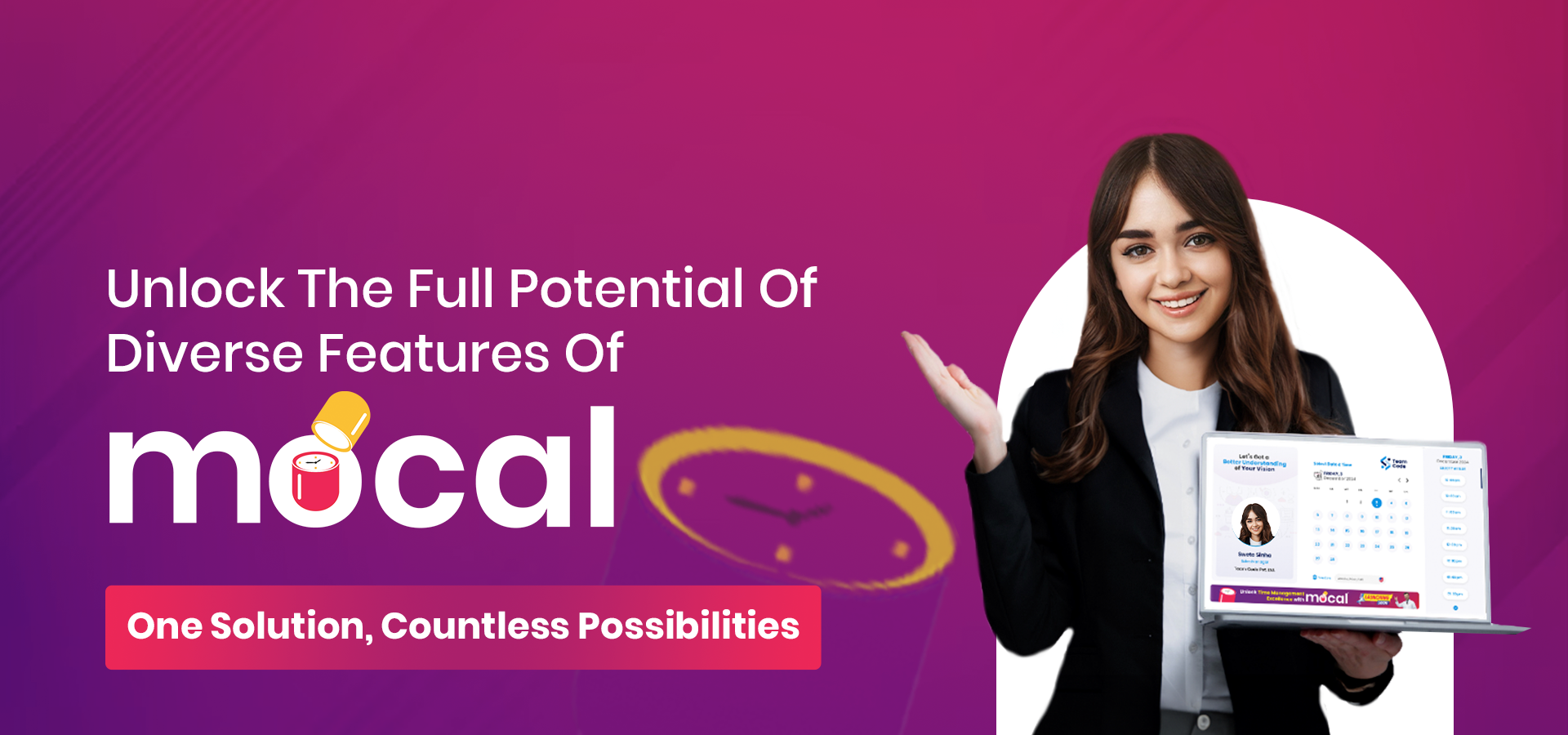Hope you enjoy reading this blog post.
If you want the Moris Media Team to help you get more traffic, just book a call.
Thursday, 24 April 2025
In the digital age we are in, social media has become the powerful platform for outreach and impact. This is a fact that non-profit organisations in India are increasingly realizing. Yet, many face challenges in formulating effective strategies for managing their social media presence. They are bogged down by multiple factors with resource crunches and lack of technical expertise leading the way. Some of them have also simply underestimated the importance of social media.
However, the potential benefits of robust social media strategies are immense. It provides an unmatched platform to amplify a non-profit's mission, engage with supporters, and foster a community of advocates. It can give a huge boost to activities like fundraising, mobilizing resources, and driving on-ground action.
Social media can truly revolutionize the way non-profit organisations connect with their stakeholders, enhancing their impact manifold. Moris Media, India's best social media management agency, highlights practical social media management strategies tailored specifically for non-profit organisations in India. The aim is to help them overcome challenges and reap the full benefits of this powerful digital tool.
For non-profit organisations, their mission is their heartbeat. Social media is an excellent avenue to not just broadcast, but also to breathe life into that mission and engage a global audience. It’s a platform where non-profits can share stories of impact, giving a voice to those they serve, and showcasing the transformational work they are doing.
In India, the pace of internet penetration in even the most secluded areas is happening at an outstanding pace. A significant portion of the country's population is now active on social media platforms. Therefore, this is the best resource for securing an unparalleled reach. Non-profits can harness this platform to raise awareness about their cause, mobilise volunteers, fundraise, and even influence policy change.
Social media is also the most cost-effective resource that non-profits can use for engaging directly with their target audience. This can be leveraged to connect with the donors, volunteers, beneficiaries, and even the general public. It's not just about putting out information but creating a two-way interaction. This builds trust, fosters relationships, and cultivates a community of supporters.
Essentially, social media can powerfully amplify the voice and reach of non-profits in India.
Social media strategies for non-profit organisations must always begin with a deep understanding of their target audience. It starts with recognising who they are, and identifying their preferences, interests, and motivations. A non-profit’s audience could comprise donors, volunteers, beneficiaries, or the general public - each with distinct needs and communication styles.
In the Indian context, it’s important to understand the cultural, linguistic, and regional diversities that exist. What works for an urban, English-speaking audience might not resonate with a rural, regional language-speaking audience. Furthermore, different age groups may use different platforms - for example, Instagram might be popular among younger audiences, while older audiences may prefer Facebook.
By understanding your target audience is, you identify the type of content they would like to view. You will also identify the platforms where you will post the content. Thus, begins the process of creating a meaningful and impactful social media strategy for your NGOs.
The heart of a non-profit organisation lies in its mission. This should be clearly reflected in their social media content. When crafting messages, pay attention in keeping it clear, concise, and consistent. Your audience should be able to recognise instantaneously who you are and the ideals you stand for, through your content
In India, where diversity is vast, the messaging should be relatable across different demographics. It should strike a balance between being broad enough to appeal to a large audience, yet personalised enough to feel meaningful to the individual.
Creating a consistent message also involves having a unified voice across all platforms. While the format and tone might vary slightly based on the platform's nature and the audience, the underlying message should be consistent.
A clear and consistent message will not only increase recognition and trust in your non-profit but also strengthen your overall social media strategy.
Any non-profit organisation's social media strategy cannot succeed with proper identification of social media platforms they need to be active on. Multiple platforms like Facebook, Twitter, Instagram, LinkedIn, YouTube, are now being accessed by most Indians. Therefore, be clear on which platform best matches your goals and choose it accordingly.
Facebook is most preferred by NGOs in India due to its massive user base and diverse demographics. It also offers features like the 'Donate Now' button, which can be beneficial for fundraising efforts. Instagram, with its visual-centric approach, can be effective for storytelling, while LinkedIn is ideal for professional networking and advocacy.
The choice of platform should also consider the type of content you plan to share. For instance, YouTube is perfect for sharing longer, informative videos, whereas Twitter is great for quick updates and news.
Remember, you do not have to be everywhere, but surely be present where it matters most!
Any social media strategy cannot be effectively driven without proper content. For non-profit organisations, creating meaningful and impactful content is a must. Whatever they say must resonate with their target audience.
In India, where storytelling is ingrained in the culture, non-profits can leverage this by sharing success stories, testimonials, or case studies that humanise their cause. High-quality visuals, including pictures, infographics, and videos, are also essential as they increase engagement and shareability.
Educational content, like blog posts and even webinars, can inform the audience about the cause for which the non-profit is working. Occasional promotional content, like fundraising campaigns or events, should also be included but balanced with non-promotional content.
Remember, authenticity is key. The content should be reflective of the non-profit's mission and values. Furthermore, a transparent approach highlighting how the work of the organisation is impacting people's lives is needed. This builds trust and fosters a genuine connection with the audience.
Building a robust and engaged community is a key aspect of a non-profit's social media strategy. In a digitally connected India, non-profits can leverage social media to foster a sense of belonging among their audience.
Engagement goes beyond just posting content. It's about interacting with your followers, responding to their comments, acknowledging their contributions, and facilitating discussions. Regularly asking for feedback or opinions, and hosting live Q&A sessions or webinars can encourage active participation.
Social media also offers the chance to collaborate with similar organisations or influencers, further expanding your community reach. Creating volunteer opportunities or online events can also stimulate community participation.
The aim is not just to grow the number of followers. You have to cultivate a supportive community that remains invested in your cause. When followers feel valued and involved, they're more likely to become long-term supporters and advocates for your organisation.
Partnerships and collaborations have a vital role for NGOs, especially on social media. They allow for cross-promotion, audience sharing, and collective impact in India, where community-oriented values are strong.
Partner with like-minded organisations, influencers, or businesses that align with your cause. This can result in a broader reach, more resources, and an enhanced reputation. Joint campaigns, fundraisers, or events can stir up excitement and engagement within your online community.
Collaborate with influencers or public figures who are passionate about your cause. Their endorsement can provide credibility and reach to a wider audience. But, choose your influencers wisely to ensure they resonate with your target audience and reflect your organisation's values.
Remember, successful collaborations are about mutual benefits. Ensure that your partners also gain from the collaboration, whether in terms of visibility, content, or fulfilling their social responsibility goals.
All your decisions need to be data-driven in the modern-day digital era. Social media can provide you with a wealth of analytics to get this done successfully. Understanding these analytics can help Indian NGOs improve their strategies for increase engagement and growing their online presence.
Track key performance indicators (KPIs) like engagement rate, follower growth, impressions, reach, and conversions. These metrics can provide insights into what the type of content needed, when you should post it and the best platform to conduct this exercise.
Use these insights to refine your social media strategy. If educational posts are getting the most shares, incorporate more of them. If your Instagram stories drive the most engagement, focus on creating more interactive and engaging stories.
Continuous improvement is vital in the ever-evolving social media landscape. Utilizing analytics can help your non-profit stay relevant. Use them to engage effectively with your audience. After all, your social media efforts need to offer the best possible results.
Let's talk about Pratham, which is one of India's largest non-profit organizations working towards improving the quality of education.
Pratham has smartly leveraged social media platforms to share its mission and engage supporters. They've used Facebook and Twitter for sharing their ground-level working and the impact of their actions.
They've leveraged powerful visuals, compelling narratives, and impactful data to craft posts that resonate with their audience. Their #EducationFirst campaign was a major success, driving engagement and increasing awareness about the importance of quality education.
Pratham has also effectively used LinkedIn for sharing their detailed reports and research findings, further enhancing their credibility and showcasing their commitment towards improving education in India.
Social media presents immense opportunities to increase visibility, engage with supporters, rally volunteers, and drive fundraising efforts.
Effective content creation, strategic partnerships, community engagement, and a constant eye on analytics for performance evaluation and improvement, can further optimize your social media strategies. Learning from successful NGOs and adapting their strategies to fit your unique context can also yield great results.
As the digital landscape continues to evolve, so too should your strategies.


The Power of Team Calendar: Boosting Efficiency and Collaboration with moCal
Read More
Mastering Business Time Management with moCal's Online Calendar For Business
Read More
Unlocking Seamless Collaboration with moCal's Online Shared Calendar
Read More
Unlocking the Power of 7-in-1 moCal: Redefining Efficiency in Modern Business
Read More
Elevating Personal Branding: The Moris Digital Doctors Prescription
Read More